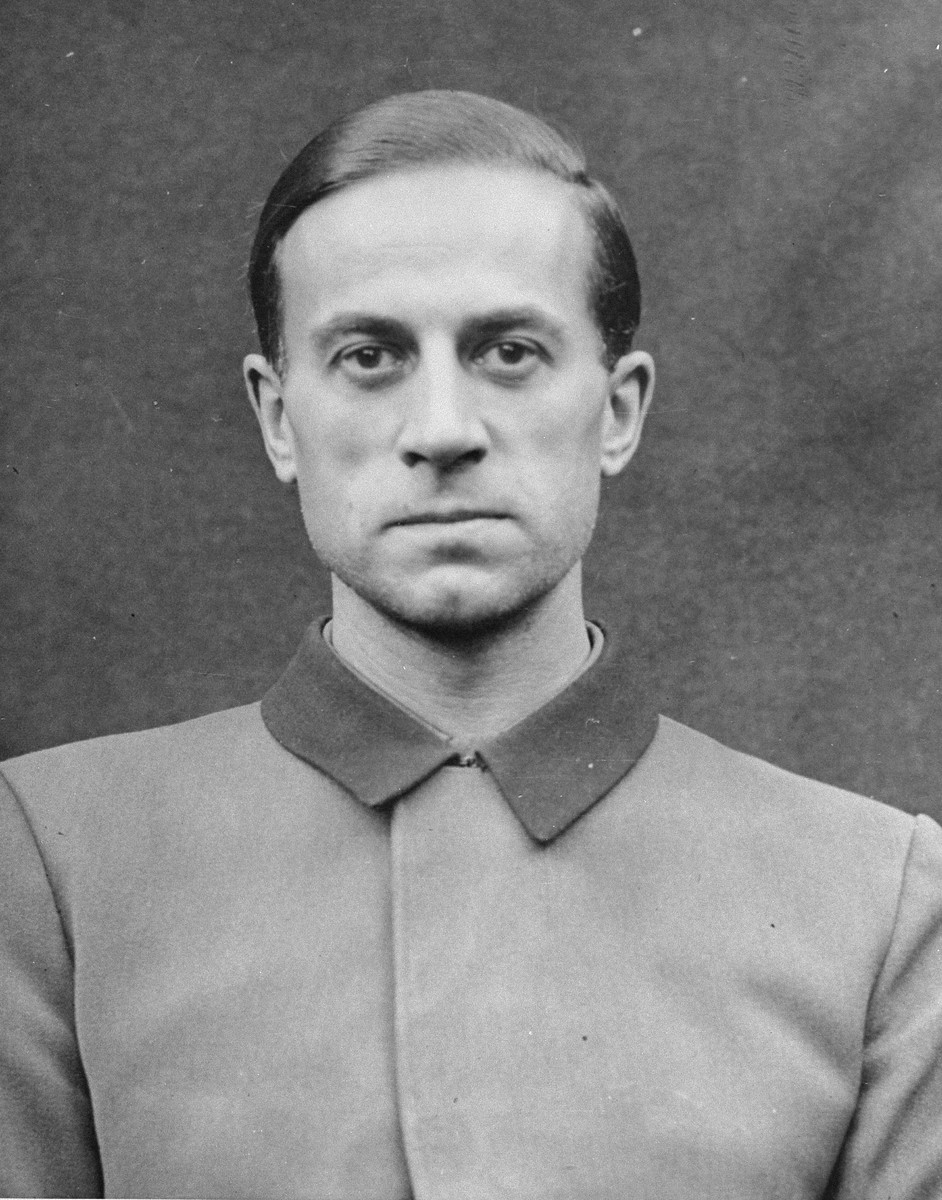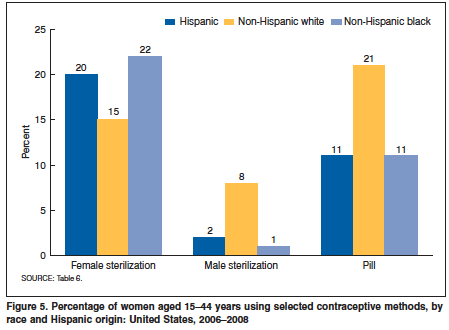|
Nuremberg Code
The Nuremberg Code () is a set of research ethics, ethical research principles for human experimentation created by the court in ''Doctors' trial, U.S. v Brandt'', one of the Subsequent Nuremberg trials that were held after the World War II, Second World War. Though it was articulated as part of the court's verdict in the trial, the Code would later become significant beyond its original context; in a review written on the 50th anniversary of the ''Brandt'' verdict, Jay Katz writes that "a careful reading of the judgment suggests that [the authors] wrote the Code for the practice of human experimentation whenever it is being conducted." Background The origin of the Code began in pre–World War II German politics, particularly during the 1930s and 1940s. Starting in the mid-1920s, German physicians, usually proponents of racial hygiene, were accused by the public and the medical society of Unethical human experimentation, unethical medical practices. The use of racial hygiene was ... [...More Info...] [...Related Items...] OR: [Wikipedia] [Google] [Baidu] |
Research Ethics
Research ethics is a discipline within the study of Ethics, applied ethics. Its scope ranges from general scientific integrity and scientific misconduct, misconduct to the treatment of human and animal subjects. The social responsibilities of scientists and researchers are not traditionally included and are less well defined. The discipline is most developed in medical research. Beyond the issues of falsification, fabrication, and plagiarism that arise in every scientific field, research design in human subject research and animal testing are the areas that raise ethical questions most often. The List of medical ethics cases, list of historic cases includes many large-scale violations and crimes against humanity such as Nazi human experimentation and the Tuskegee syphilis experiment which led to international codes of research ethics. No approach has been universally accepted, but typically cited codes are the 1947 Nuremberg Code, the 1964 Declaration of Helsinki, and the 1978 B ... [...More Info...] [...Related Items...] OR: [Wikipedia] [Google] [Baidu] |
Adolf Hitler
Adolf Hitler (20 April 1889 – 30 April 1945) was an Austrian-born German politician who was the dictator of Nazi Germany from 1933 until Death of Adolf Hitler, his suicide in 1945. Adolf Hitler's rise to power, He rose to power as the leader of the Nazi Party, becoming Chancellor of Germany#Nazi Germany (1933–1945), the chancellor in 1933 and then taking the title of in 1934. His invasion of Poland on 1 September 1939 marked the start of the Second World War. He was closely involved in military operations throughout the war and was central to the perpetration of the Holocaust: the genocide of Holocaust victims, about six million Jews and millions of other victims. Hitler was born in Braunau am Inn in Austria-Hungary and moved to German Empire, Germany in 1913. He was decorated during his service in the German Army in the First World War, receiving the Iron Cross. In 1919 he joined the German Workers' Party (DAP), the precursor of the Nazi Party, and in 1921 was app ... [...More Info...] [...Related Items...] OR: [Wikipedia] [Google] [Baidu] |
Scientific
Science is a systematic discipline that builds and organises knowledge in the form of testable hypotheses and predictions about the universe. Modern science is typically divided into twoor threemajor branches: the natural sciences, which study the physical world, and the social sciences, which study individuals and societies. While referred to as the formal sciences, the study of logic, mathematics, and theoretical computer science are typically regarded as separate because they rely on deductive reasoning instead of the scientific method as their main methodology. Meanwhile, applied sciences are disciplines that use scientific knowledge for practical purposes, such as engineering and medicine. The history of science spans the majority of the historical record, with the earliest identifiable predecessors to modern science dating to the Bronze Age in Egypt and Mesopotamia (). Their contributions to mathematics, astronomy, and medicine entered and shaped the Greek natural ... [...More Info...] [...Related Items...] OR: [Wikipedia] [Google] [Baidu] |
Coercion
Coercion involves compelling a party to act in an involuntary manner through the use of threats, including threats to use force against that party. It involves a set of forceful actions which violate the free will of an individual in order to induce a desired response. These actions may include extortion, blackmail, or even torture and sexual assault. Common-law systems codify the act of violating a law while under coercion as a duress crime. Coercion used as leverage may force victims to act in a way contrary to their own interests. Coercion can involve not only the infliction of bodily harm, but also psychological abuse (the latter intended to enhance the perceived credibility of the threat). The threat of further harm may also lead to the acquiescence of the person being coerced. The concepts of coercion and persuasion are similar, but various factors distinguish the two. These include the intent, the willingness to cause harm, the result of the interaction, and the opti ... [...More Info...] [...Related Items...] OR: [Wikipedia] [Google] [Baidu] |
Karl Brandt (physician)
Karl Brandt (8 January 1904 – 2 June 1948) was a German physician and ''Schutzstaffel'' (SS) officer in Nazi Germany. Trained in surgery, Brandt joined the Nazi Party in 1932 and became Adolf Hitler's escort doctor in August 1934. A member of Hitler's inner circle at the Berghof, he was selected by Philipp Bouhler, the head of Hitler's Chancellery, to administer the ''Aktion T4'' euthanasia program. Brandt was later appointed the Reich Commissioner of Health and Emergency Services (''Bevollmächtigter für das Sanitäts- und Gesundheitswesen''). Accused of involvement in human experimentation and other war crimes, Brandt was indicted in late 1946 and faced trial before a U.S. military tribunal along with 22 others in the Doctors' Trial. He was found guilty, sentenced to death, and executed on 2 June 1948. Early life Brandt was born in Mülhausen, Alsace–Lorraine, Germany (now France) into the family of a Prussian Army officer. He became a medical doctor and surgeon in ... [...More Info...] [...Related Items...] OR: [Wikipedia] [Google] [Baidu] |
Leo Alexander
Leo Alexander (October 11, 1905 – July 20, 1985) was an American psychiatrist, neurologist, educator, and author, of Austrian-Jewish origin. He was a key medical advisor during the Nuremberg Trials. Alexander wrote part of the Nuremberg Code, which provides legal and ethical principles for scientific experiment on humans. Life Born in Vienna, Austria-Hungary, Alexander was the son of a physician. His father, Gustav Alexander, was an ear, nose and throat doctor in Vienna, who had published more than eighty scientific papers even before Leo was born. His mother, Gisela Alexander, was the first woman awarded a PhD in philosophy from the University of Vienna. He graduated from the University of Vienna Medical School in 1929, interned in psychiatry at the University of Frankfurt. In January 1933, he went to Beijing Union Medical College in China for half a year as an honorary lecturer in neurology and psychiatry. But after Hitler taken power, he couldn't return to Germany, and ... [...More Info...] [...Related Items...] OR: [Wikipedia] [Google] [Baidu] |
Andrew Conway Ivy
Andrew Conway Ivy (February 25, 1893 – February 7, 1978) was an American physician. He was appointed by the American Medical Association as its representative at the Doctors' Trial, and later fell into disrepute for advocating the fraudulent drug Krebiozen. Personal life Born in Farmington, Missouri, Ivy grew up in Cape Girardeau, Missouri. His father was a science professor and his mother was a teacher. Ivy trained in medicine and physiology in Chicago and taught at Northwestern University before becoming vice president of the University of Illinois at Chicago, University of Illinois, being responsible for the medicine, dentistry and pharmacy schools. From 1939 to 1941 he was president of the American Physiological Society. According to Jonathan D. Moreno, by the end of the war he was probably the most famous doctor in the United States. He was author of the Green report. In 1919, he married Emma Anna Kohman, who had earned her PhD in physiology from the University of Chicago ... [...More Info...] [...Related Items...] OR: [Wikipedia] [Google] [Baidu] |
Sterilization (medicine)
Sterilization (American and British English spelling differences, also spelled sterilisation) is any of several medical methods of permanent birth control that intentionally leaves a person unable to Human reproduction, reproduce. Sterilization methods include both surgical and non-surgical options for both males and females. Sterilization procedures are intended to be permanent; reversal is generally difficult. There are multiple ways of having sterilization done, but the two that are used most frequently are tubal ligation for women and vasectomy for men. There are many different ways tubal sterilization can be accomplished. It is extremely effective, and in the United States, surgical complications are low. With that being said, tubal sterilization is still a method that involves surgery, so there is still a danger. Women who choose tubal sterilization may have a higher risk of serious side effects, more than a man has with vasectomies. Pregnancy, Pregnancies after tubal steri ... [...More Info...] [...Related Items...] OR: [Wikipedia] [Google] [Baidu] |
Concentration Camps
A concentration camp is a prison or other facility used for the internment of political prisoners or politically targeted demographics, such as members of national or ethnic minority groups, on the grounds of national security, or for exploitation or punishment. Prominent examples of historic concentration camps include the British confinement of non-combatants during the Second Boer War, the mass internment of Japanese-Americans by the US during the Second World War, the Nazi concentration camps (which later morphed into extermination camps), and the Soviet labour camps or gulag. History Definition The term ''concentration camp'' originates from the Spanish–Cuban Ten Years' War when Spanish forces detained Cuban civilians in camps in order to more easily combat guerrilla forces. Over the following decades the British during the Second Boer War and the Americans during the Philippine–American War also used concentration camps. The term "concentration camp" and "inter ... [...More Info...] [...Related Items...] OR: [Wikipedia] [Google] [Baidu] |
Nuremberg
Nuremberg (, ; ; in the local East Franconian dialect: ''Nämberch'' ) is the Franconia#Towns and cities, largest city in Franconia, the List of cities in Bavaria by population, second-largest city in the States of Germany, German state of Bavaria, and its 544,414 (2023) inhabitants make it the List of cities in Germany by population, 14th-largest city in Germany. Nuremberg sits on the Pegnitz (river), Pegnitz, which carries the name Regnitz from its confluence with the Rednitz in Fürth onwards (), and on the Rhine–Main–Danube Canal, that connects the North Sea to the Black Sea. Lying in the Bavarian Regierungsbezirk, administrative region of Middle Franconia, it is the largest city and unofficial capital of the entire cultural region of Franconia. The city is surrounded on three sides by the , a large forest, and in the north lies (''garlic land''), an extensive vegetable growing area and cultural landscape. The city forms a continuous conurbation with the neighbouring ... [...More Info...] [...Related Items...] OR: [Wikipedia] [Google] [Baidu] |






